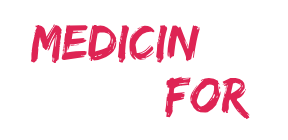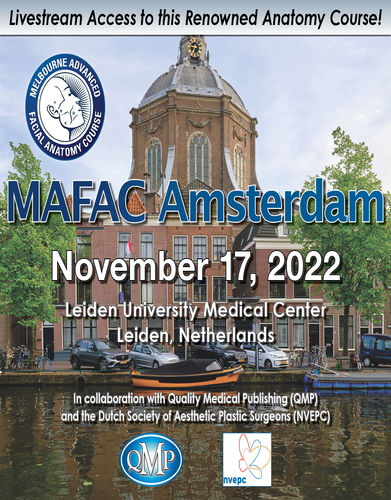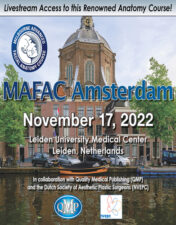This course is specifically oriented for surgeons who want to learn how to safely incorporate the latest advances in understanding facial anatomy into their face-lift surgery. Learn how to define and then dissect within the safety of the subSMAS facial spaces, and to define the intervals between the spaces. Rapidly gain confidence from appreciating the predictable location of the facial nerve branches in relation to the ligaments in the intervals between spaces, enabling you to use the benefit of this powerful technique.
Online access to the meeting will let you experience this outstanding educational event from the comfort of your own home!
Chairman
Bryan Mendelson, MD – Australia
Faculty
Andres Freschi, MD – Argentina
Njde Hambarchian, MD – Germany
George Kolios, MD – Germany
Lennert Minelli, MD – Belgium
Tim Papadopoulos, MD – Australia
Nina Schwaiger, MD – Germany
Basel Sharaf, MD, DDS – USA
Rodrigo Teixeira, MD – Australia
Howard Webster, MD – Australia
Chin Ho Wong, MD – Singapore
Local Faculty
Ali Pirayesh, MD (NVEPC) – Amsterdam, NL
Berend van der Lei, MD, PhD (NVEPC) – Groningen, NL
Steven Korteweg, MD (NVEPC) – Groningen, NL
PROGRAM
INTRODUCTORY LECTURES
What to Expect From This Course by Dr. Howard Webster
Philosophy of Understanding and Principles of Facial Anatomy by Dr. Bryan Mendelson
HANDS ON CADAVER DISSECTION (Right side of face)
SESSION A: SETTING UP AND PRELIMINARY DISSECTION
Markings for safe and effective deep plane surgery
Infiltration for hydrodissection, hemostasis, and anesthesia
Incisions for inconspicuous scars
Subcutaneous undermining up to where the deep plane becomes accessible: learning to identify the platysma-auricular fascia and the orbicularis oculi and platysma muscles
SESSION B: THE PREMASSETER SPACES
Accessing the deep plane safely using the premasseter space and the prezygomatic space
SESSION C: PREZYGOMATIC SPACE
Precise submuscular lower lid dissection
Dissection into the prezygomatic and premaxillary spaces
SESSION D: UPPER PREMASSETER AREA OF IMPORTANT ANATOMY (“the Mess”)
Identifying the mesozygomaticus in between the two spaces, the zygomatic ligaments, and zygomaticus major muscle (“red carpet”)
Connecting the two spaces safely to create the complete composite flap
SESSION E: THE NECK
Extending the deep plane dissection safely into the neck; elevating the composite flap from its posterior attachments: the platysma-auricular ligament and the cervical retaining ligaments
Performing a platysma myotomy, partial versus complete, platysma transection
Placement of key sutures to re-create the retaining ligaments
Closing the SMAS and closing the skin without tension
ANCILLARY PROCEDURES
Midline deep neck anatomy and access to the subplatysma structures (SMG, digastric muscles, subplatysmal fat)
Temporal lift as adjunct to face lift
Lip lift
Available in HD Streaming format. Approximately 3.5 hours of cadaver dissection, lecture, and presentation videos. 2023.


